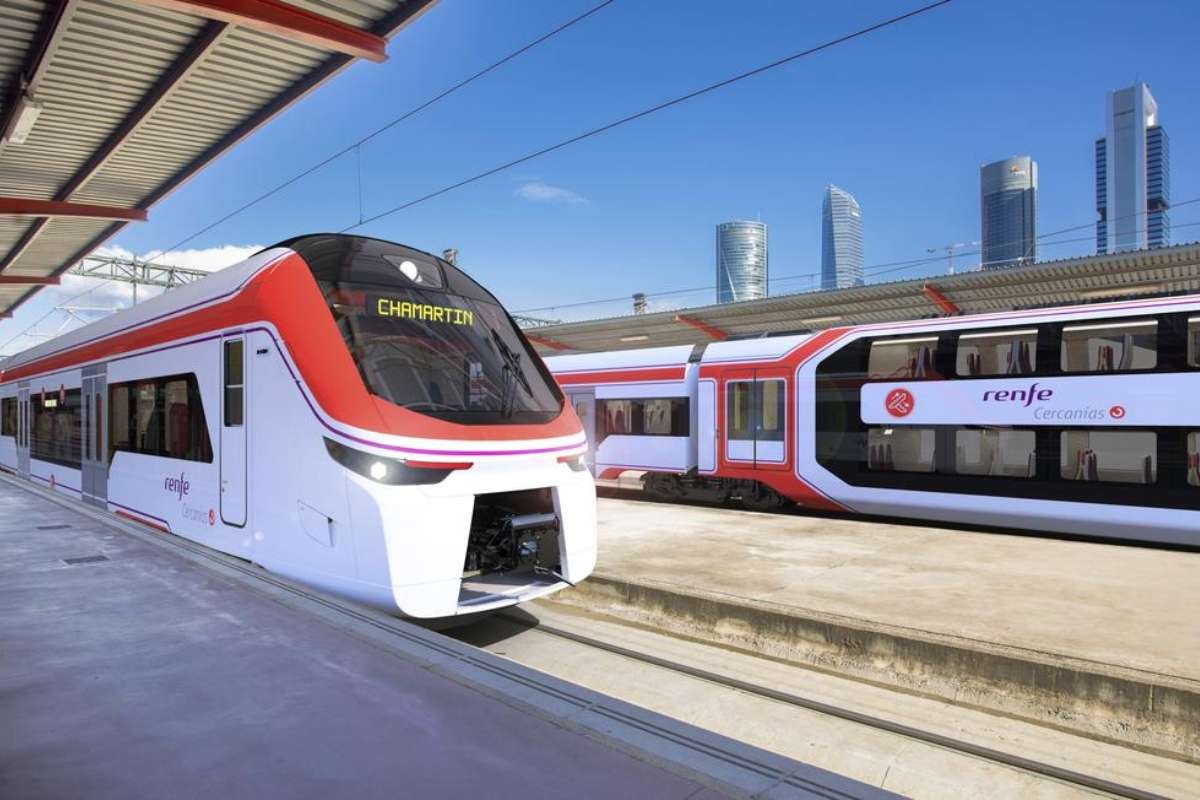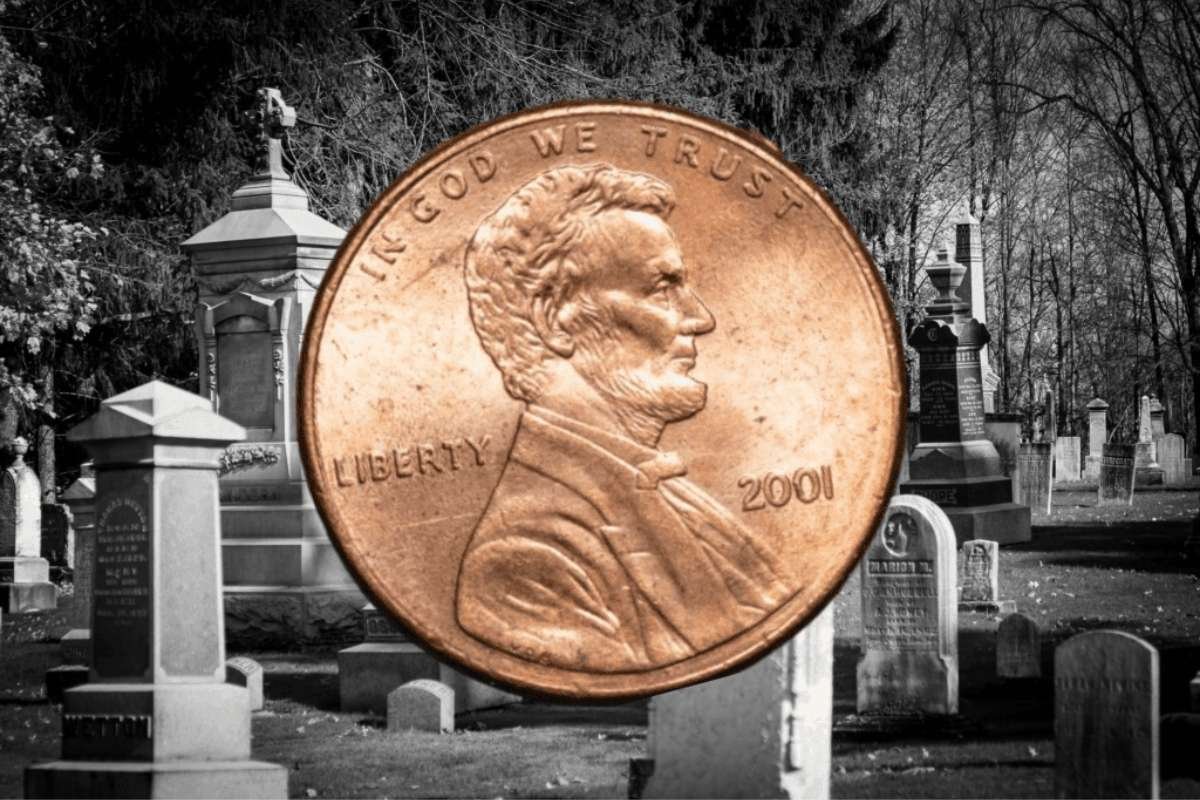Key Points:
- Verizon outage disrupted mobile and broadband nationwide.
- Incident raised concerns over 5G infrastructure reliability.
- Strong cash flow and dividends keep investors interested.
Thousands of Verizon outage users across the United States were left disconnected this week after a massive network outage disrupted mobile and broadband services overnight. The incident began around midnight, with users in major cities including New York, Chicago, Boston, Atlanta, and Seattle reporting loss of connectivity and dropped signals.
At the peak of the disruption, customer reports surged into the thousands as mobile devices across several regions switched to “SOS mode,” limiting calls to emergency services only. The situation gradually improved within hours, though isolated service issues continued through the morning.
Initial assessments indicate the disruption may have stemmed from a fiber-optic cable cut in Colorado earlier in the week. Verizon confirmed that the damaged cable did not belong to the company directly, and restoration efforts depended on a third-party contractor’s repair timeline. Engineering teams were quickly dispatched to mitigate the effects, with service now largely restored.
The outage, which affected both individual users and businesses, raised fresh concerns about infrastructure resilience amid rising digital dependence. Analysts suggest the incident highlights growing challenges faced by major telecom operators in maintaining uninterrupted connectivity, especially with the increasing complexity of 5G networks.
Financial Resilience Tested Amid Infrastructure Strain
While Verizon outage operational reliability faces scrutiny, its financial position remains a central focus for investors. The company recently reported stronger-than-expected mid-year results, projecting free cash flow between $19.5 billion and $20.5 billion for the fiscal year—an upward revision from earlier estimates. This improvement was driven by cost controls and steady demand across its wireless and broadband segments.
Over the past 12 months, Verizon generated more than $37 billion in operating cash flow, with capital expenditures nearing $17 billion, leaving roughly $20 billion in free cash flow. Despite this healthy cash generation, experts caution that a large portion of these funds is absorbed by network expansion and 5G spectrum investments, both essential but capital-heavy areas.
Verizon’s consistent dividend payout remains a key attraction for long-term investors, as it continues to return substantial value to shareholders even amid modest growth rates. However, the company’s heavy 5G investments and maturing subscriber base have constrained earnings growth, leading analysts to question how sustainable its high payout ratio will be in the coming years.
Balancing Reliability, Growth, and Investor Confidence
The twin pressures of maintaining service reliability and sustaining financial growth have placed Verizon in a delicate position. The recent outage has reignited debates about the company’s network preparedness and response efficiency, particularly as customers demand uninterrupted connectivity for both personal and business use.
At the same time, Verizon outage financial strength continues to appeal to dividend-focused investors, bolstered by its stable cash flow and disciplined cost management. Yet, balancing these priorities, funding aggressive 5G rollouts while ensuring customer satisfaction, remains a strategic challenge.
As Verizon navigates this complex phase, its ability to prevent future disruptions, optimize capital spending, and sustain investor confidence will define its performance trajectory. In an increasingly connected world, reliability and resilience may prove just as crucial as revenue growth in securing the company’s long-term standing among U.S. telecom giants.


















